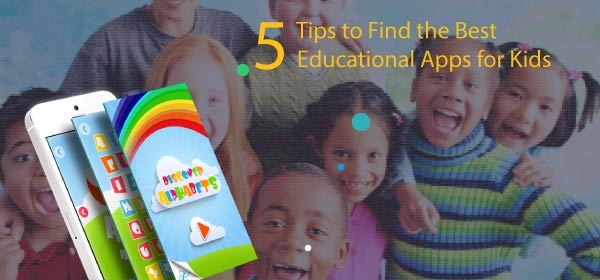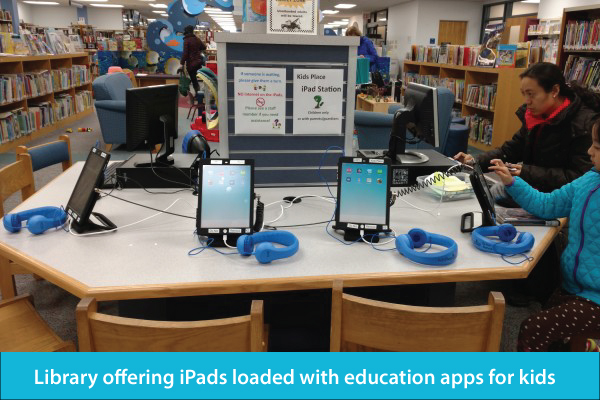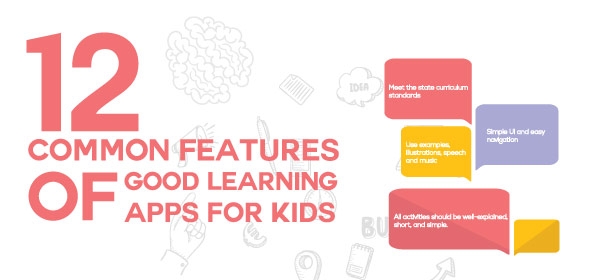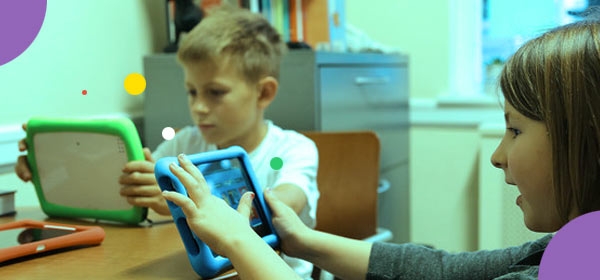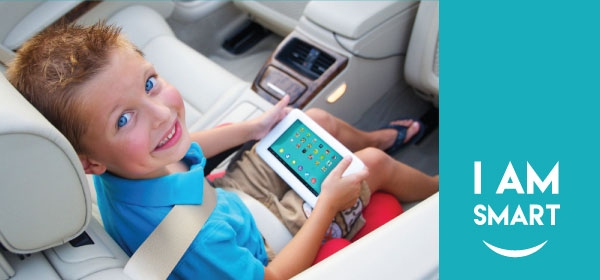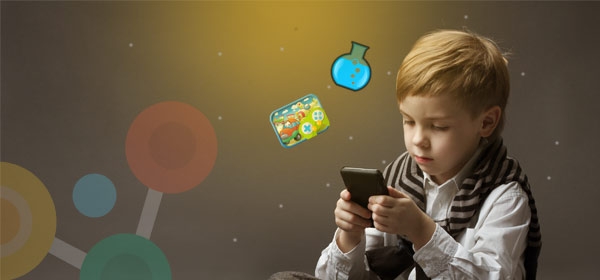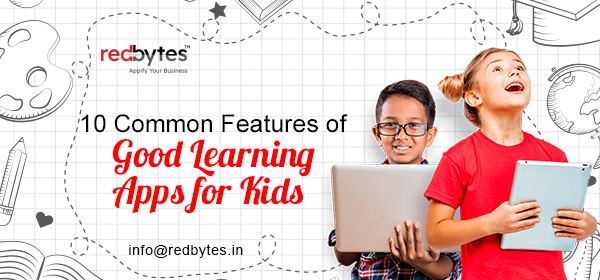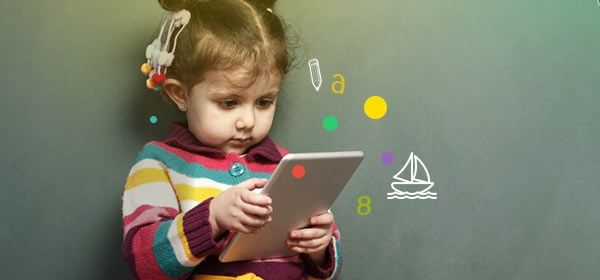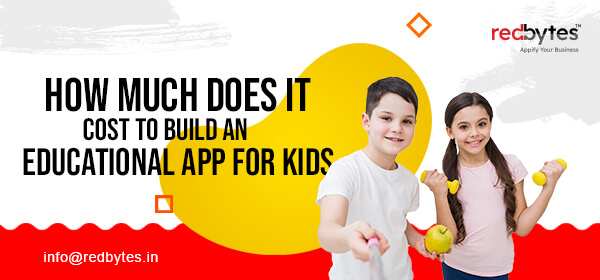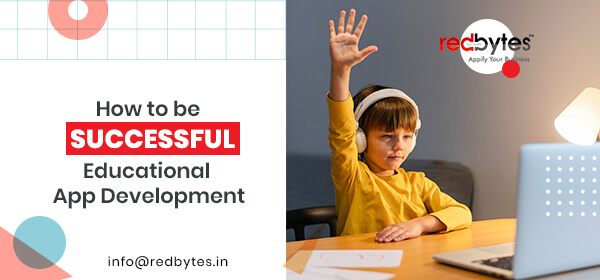We know that it is practically hard to achieve the right mix between entertainment and kids educational apps. It is needless to say that companies developing educational apps for kids have their own characteristic preferences and dislikes for the apps that they develop. So, it is necessary for a parent to understand what marks the best kids educational apps out from the rest and which ones would deliver the purpose well.
Must Read:
Remember, there’s no greater harm you could do than putting your kids in front of a terrible app.
1. Plenty of Research
Almost all educational apps for kids available as a download comes with that bewitching tag “educational” glued into them. As a parent searching for the right kid’s app, you could instantly get bewildered when you land on an app store’s page. Well, you are not alone and there is no need to get panicked. Who would not get perplexed when you find hundreds of titles making even more claims to you?
Inorder to get out of this dilemma, parents could do a lot of research before taking their final decision. Go through a lot of app store reviews and check the rating of an app. There are even useful sites that rate popular apps or you could visit and get tips from field experts on how you could pick one that is right for your child.
2. Talk with your Child’s Teacher
Apart from online resources, there is another great resource from where you could learn what makes your kids interested and what makes them bored – your kid’s teacher. They are in a better position to know if an app you are confused about is truly educational or not. You can also get a list of recommended apps that will fit well with the curriculum and lessons that your kids learn at school.
3.Download and Test
The best thing you could do to check the worth of an app is by downloading and using it yourself; or better, give it to your kids and watch how they play with it. Even though you are not a 5 year old yourself and wouldn’t be able to accurately understand what appeals to a toddler, you can talk with them and understand if they are interested or not. There are several other benefits too in following this method.
You will be able to know if the app is trying to sell anything to your kid or whether the app gives ample security. But, this method is limited when it comes to testing apps that are d as everyone wouldn’t be willing to an app until they are convinced.
You May also Like:
13 Popular iOS Learning Apps for Classrooms
4. Make Faults
Well, you are testing an app and that obviously means testing their behaviour while you are wrong too. It is important to check if the app makes your kid feel regretful when they make a mistake. This is dangerous and will even lead to an aversion for the subject as a whole.
The app shouldn’t make your kids feel freaked out when they fail to choose the right answers. Instead, it should incorporate mature ways of dealing with such situations by motivating them to try again. Including hints and praising them for partially correct answers are excellent ways of encouraging children.
5. Did Your Child have Fun?
You should honestly answer this question. Even though you just want to get your kids to learn things, they won’t be going hand in hand with the same idea as yours. A well designed app will only be effective when they have the right amount of fun. Otherwise, it will be just another crappy app.
You should definitely visit Edsys’s extensively researched Educational app directory, where you can find all the educationally relevant apps that are currently available for iOS and Android devices in one place, so you don’t have to go looking for them at various places. All the students, teachers, and parents can get the perfect app that fulfills their needs in the Educational App directory.
